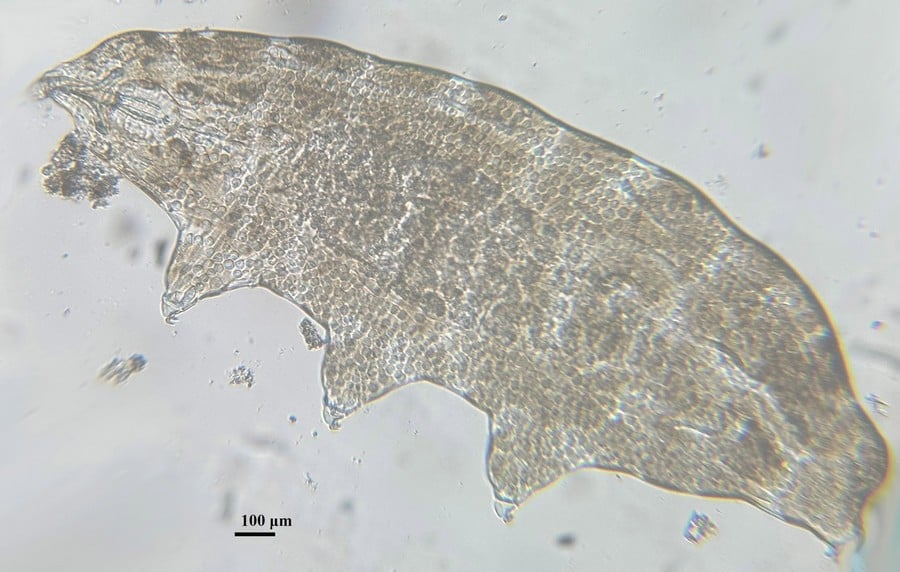Researchers at the Scientific Center of Zoology and Hydroecology of the National Academy of Sciences of Armenia (NAS RA) have made significant discoveries, identifying several new species and habitats for both science and Armenia’s fauna.
Through studies conducted by the Laboratory of Experimental Zoology, a previously unknown spider species belonging to the Eresidae family has been discovered, along with 50 new arachnid species and 23 lice species added to Armenia’s fauna. As part of her doctoral research, young scientist Anushik Khachatryan identified 10 previously unrecorded species of tardigrades in Armenia.
These findings have been published in prominent scientific journals, including Springer Nature, Acta Agriculturae Slovenica, Arab Journal Of Plant Protection, Euroasian Entomological Journal, Biodiversity, and the Indian Journal of Entomology.
Additionally, new habitats of the Darevsky’s viper were discovered in the Ashotsk region of Shirak Province. This research was conducted in collaboration with scientists from the Saint Louis Zoo, under the guidance of Levon Aghasyan, PhD in biological sciences. The results have been published in the Herpetological Review.
In a groundbreaking discovery in the Tashir region of Lori Province, eggs of the dicrocoelium parasite were found in the bodies of rabbits for the first time in Armenia. These oval-shaped eggs, encased in a dense shell, enter the host’s intestines via bile and are excreted into the external environment. The parasite’s life cycle involves intermediate hosts, such as land snails of the Helicella genus, and secondary hosts like ants of the Formica genus. Rabbits and other definitive hosts become infected by ingesting grass contaminated with ants carrying the dicrocoelium’s metacercariae. Infected rabbits exhibit reduced productivity, digestive issues, and general exhaustion. This study, led by Marine Vardanyan, PhD in biological sciences, has been published in the International Journal of Agriculture and Biosciences.
These discoveries shed new light on evolutionary processes, revealing how species adapt to their environments and evolve over time. Understanding the diversity of these species provides critical insights into ecosystem dynamics and interdependencies. Moreover, the identification and monitoring of new species serve as an early warning system for changes in ecosystems and environmental conditions, fostering more effective conservation efforts.









































